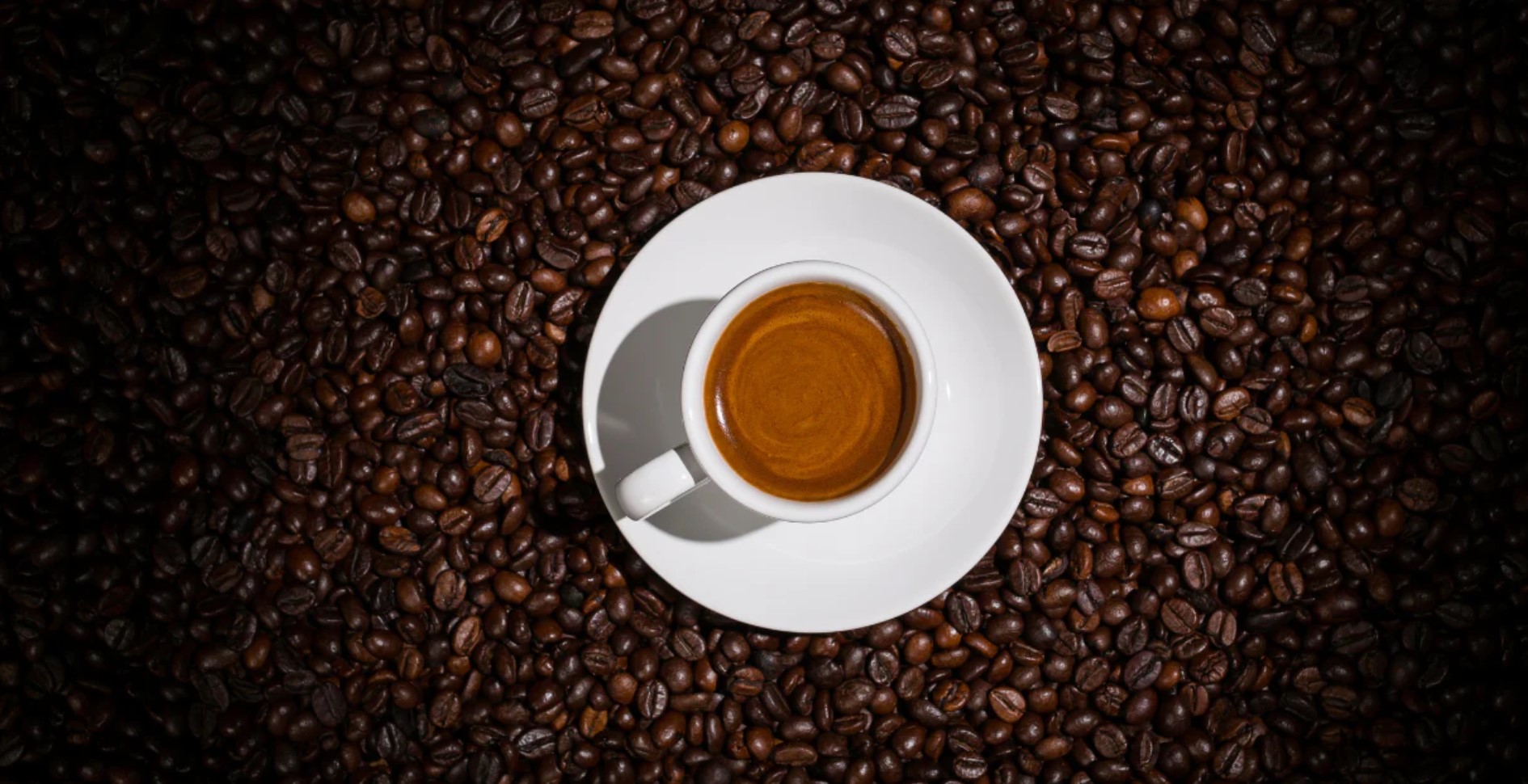
Welcome to the world of espresso, where the rich aroma and bold flavor meet the perfect shot. In this comprehensive guide, we will explore “The Art of Espresso: From Ristretto to Lungo – Mastering the Shots.” Espresso brewing is an intricate process that requires precision, skill, and passion to achieve the ultimate cup of coffee.
Whether you are a coffee enthusiast, a barista, or just curious about the magic behind that delightful espresso shot, this article is designed to provide you with valuable insights, expert tips, and a deep understanding of the various espresso brewing techniques. So, let’s embark on this exciting journey into the world of espresso.
Understanding Espresso Basics
Before we delve into the specific techniques, it’s essential to understand the fundamental elements of espresso brewing.
- What is Espresso?
Espresso is a concentrated coffee beverage that is brewed by forcing hot water through finely-ground coffee beans. The result is a shot of coffee with a thick, creamy layer known as “crema” on top.
- The Role of Coffee Beans
The choice of coffee beans significantly impacts the flavor of your espresso. High-quality, freshly roasted beans are the foundation of a great shot.
- The Grinder: Your Best Friend
A good coffee grinder is crucial for achieving the perfect grind consistency, which affects extraction and flavor.
- Water Temperature and Pressure
Water temperature and pressure play vital roles in the extraction process. The water should be hot enough and delivered under controlled pressure.
- Crema: The Golden Layer
Crema is a hallmark of a well-brewed espresso. It reflects the freshness of the beans and the quality of the extraction.
Mastering the Espresso Shots
Now that we have a solid understanding of the basics of espresso brewing, it’s time to delve into the art of mastering different espresso shots. Each shot offers a unique flavor profile and brewing technique, and with practice and skill, you can create the perfect espresso tailored to your preferences. Whether you prefer the intense and concentrated taste of a Ristretto or the milder and longer pull of a Lungo, this journey will take you through the steps to become a true espresso aficionado.
The first shot we’ll explore is the Ristretto, a concentrated and intense espresso experience. To brew a Ristretto, you’ll need to adjust your grind size and reduce the water volume, resulting in a shorter extraction time. The result is a burst of bold flavors, highlighting the essence of the coffee beans. Next, we’ll tackle the classic espresso, aiming for a balanced and full-bodied shot with a velvety crema on top. With the right grind, proper tamping, and precise extraction time, you’ll master the art of brewing the perfect espresso.
Finally, we’ll uncover the secrets of the Lungo, a longer pull of espresso that offers a milder taste and more volume. The Lungo requires a similar grind size to the classic espresso but with increased water volume and a slightly longer extraction time. The result is a coffee with a lighter crema and a more extended flavor profile. With these techniques in your arsenal, you’ll be well on your way to becoming a true master of the espresso shots, ready to impress coffee lovers with your expertly brewed creations.
The Art of Ristretto
Among the various espresso shots, the Ristretto stands out as the shortest and most intense experience for coffee aficionados seeking a concentrated burst of flavor. This exquisite shot is achieved by using a smaller amount of coffee grounds compared to a regular espresso shot, and a reduced water volume during the brewing process. As a result, the extraction time is shorter, creating a highly concentrated and bold coffee flavor that tantalizes the taste buds.
To master the art of brewing a perfect Ristretto, precision and attention to detail are essential. The grind size must be fine, ensuring a slow extraction process that maximizes the flavor concentration. The result is a small but mighty shot that captures the essence of the coffee beans and leaves a memorable and intense aftertaste.
The Ristretto is a favorite among espresso enthusiasts who appreciate the pure essence of coffee and seek a swift and powerful caffeine kick. With its strong flavor profile and exquisite simplicity, mastering the Ristretto adds a touch of sophistication to any coffee lover’s repertoire, making it a delightful and invigorating addition to the world of espresso.
How to Brew a Ristretto?
- Grind coffee beans to a fine consistency.
- Use a smaller amount of coffee grounds compared to a regular shot.
- Brew with reduced water volume, approximately half of a standard shot.
- Aim for a slow extraction to enhance flavor concentration.
Achieving the Perfect Espresso
The classic espresso shot is the holy grail of coffee brewing—a well-balanced and full-bodied experience that serves as the foundation for various coffee drinks. To achieve the perfect espresso, it’s essential to pay attention to every detail of the brewing process, from the coffee beans to the extraction time. Here’s a comprehensive guide to mastering the art of brewing the perfect espresso.
Selecting High-Quality Coffee Beans
The journey to the perfect espresso begins with high-quality coffee beans. Opt for freshly roasted beans with a balanced flavor profile. Arabica beans are commonly preferred for their delicate acidity and pleasant sweetness, while Robusta beans contribute to a more robust crema. Experiment with different blends to find the perfect combination that suits your taste preferences.
The Importance of the Grind Size
The grind size directly affects the flavor and extraction of the espresso. Aim for a fine grind consistency, similar to table salt, to ensure optimal extraction. Too fine, and you risk over-extraction; too coarse, and under-extraction becomes a concern. Invest in a quality burr grinder to achieve uniform grounds that allow for a well-balanced shot.
Mastering the Brewing Process
The brewing process is where the magic happens. Start by preheating your espresso machine and portafilter to ensure a stable temperature. Distribute the coffee grounds evenly in the portafilter, and use a tamper to apply consistent pressure. Proper tamping ensures uniform extraction and a well-formed coffee puck.
| Step | Instructions | Tips |
| Preheat Machine and Portafilter | Turn on the espresso machine and let it heat up. Warm the portafilter on the group head. | A stable temperature is crucial for optimal extraction. |
| Distribute Coffee Grounds | Evenly distribute the coffee grounds in the portafilter. | Use a distribution tool or the “WDT” method for consistency. |
| Tamp the Coffee | Apply firm and even pressure while tamping the grounds. | Use a tamper that matches the size of your portafilter. |
| Start the Extraction | Lock the portafilter into the group head and start the extraction. | Aim for a 25-30 second extraction time. |
| Observe the Crema | Look for a rich and velvety crema forming on top of the espresso shot. | Crema indicates a well-prepared shot with fresh beans. |
| Assess the Flavor and Aroma | Take note of the aroma and taste of the espresso shot. | Adjust grind size or extraction time for desired flavors. |
The Perfect Espresso Shot
The ideal espresso shot should have a volume of approximately 1 ounce and a thick, velvety crema on top. The crema is a golden layer that reflects the freshness of the beans and the quality of the extraction. When you achieve the perfect shot, the flavor should be balanced, with a harmonious combination of sweetness, acidity, and bitterness. The crema should be smooth and persistent, creating an inviting canvas for latte art and other coffee creations.
Mastering the art of achieving the perfect espresso requires practice, patience, and a passion for the craft. With each shot you brew, you’ll gain valuable insights into the intricacies of coffee brewing, and soon, you’ll be able to craft a flawless espresso shot that will delight and satisfy even the most discerning coffee connoisseurs.
Brewing the Perfect Espresso: Step by Step
- Begin with freshly ground coffee and distribute it evenly in the portafilter.
- Tamp the coffee firmly and evenly to ensure uniform extraction.
- Start the extraction process, aiming for a 25-30 second pour time.
- The ideal espresso shot should have a volume of about 1 ounce and a thick, velvety crema on top.
FAQs
- Can I use any coffee beans for espresso?
Yes, you can use various coffee beans for espresso. However, medium to dark roasted beans with a balanced flavor profile are commonly preferred.
- How important is the crema in espresso?
Crema not only adds visual appeal but also enhances the aroma and flavor of the espresso. It is a sign of a well-prepared shot.
- Can I make espresso without an espresso machine?
While traditional espresso machines offer the best results, stovetop espresso makers and manual espresso presses are alternatives.
- How can I store coffee beans for maximum freshness?
To preserve the freshness of coffee beans, store them in an airtight container in a cool, dark place, away from moisture and sunlight.
- What is the ideal brewing temperature for espresso?
The ideal brewing temperature for espresso ranges from 195°F to 205°F (90°C to 96°C).
- How can I improve my latte art skills?
Practicing regularly, using the right milk consistency, and experimenting with pouring techniques can improve your latte art skills.
Congratulations! You’ve now journeyed through the art of espresso, from the intense Ristretto to the smooth Lungo. Armed with the knowledge of different brewing techniques, the importance of grind size and water quality, and the science behind extraction, you are well on your way to becoming an espresso master.
Remember, perfecting the art of espresso is a labor of love, and it takes time, dedication, and a willingness to experiment. So, grab your coffee beans, fire up your espresso machine, and embark on your own espresso adventure. With each shot, you’ll discover the nuances of flavor and the joy of creating your perfect cup.
